The Future of Smart PCB Board Technology in Electronics
The evolution of smart PCB board technology is reshaping the landscape of the electronics industry, representing a convergence of innovation and practicality. As the global market for printed circuit boards (PCBs) is projected to reach approximately $85.6 billion by 2027, a growth rate of 5.3% annually, the demand for enhanced functionality and miniaturization is driving advancements in smart PCB applications. Emerging technologies such as IoT, AI, and flexible electronics are paving the way for smarter, more efficient PCB board designs that cater to the needs of diverse sectors, including consumer electronics, automotive, and telecommunications.

Businesses that harness top strategies in PCB design and manufacturing will not only enhance performance but also gain a competitive edge in this rapidly evolving market, ensuring they meet the escalating demands for reliability and efficiency.
The Evolution of Smart PCB Technology: A Comparative Analysis
The evolution of smart PCB (Printed Circuit Board) technology marks a significant turning point in the electronics landscape, driven by increasing demands for efficiency and integration. According to a report by MarketsandMarkets, the global smart PCB market is projected to reach $25 billion by 2025, growing at a CAGR of 8.6% from 2020. This growth is propelled by the rise of IoT devices and wearable tech, which require advanced functionalities and compact designs that traditional PCBs cannot provide.

A comparative analysis of various smart PCB technologies reveals that innovations such as embedded sensors and wireless communication capabilities are enhancing product functionalities. For example, a report from Research and Markets indicates that embedded smart technology is expected to comprise nearly 42% of the total smart PCB market share by 2024. This integration allows for real-time data monitoring and improved performance in critical applications ranging from automotive electronics to healthcare devices. As a result, manufacturers are increasingly investing in R&D to incorporate these smart features, positioning themselves for a competitive edge in the rapidly evolving electronics market.
Key Features of Smart PCBs vs. Traditional PCBs
In the evolving landscape of electronics, smart PCB technology is set to redefine performance and efficiency. Key advantages of smart PCBs lie in their enhanced defect detection capabilities compared to traditional counterparts. For instance, advanced systems utilizing machine learning algorithms such as HSA-RTDETR have significantly improved the identification of common PCB defects, including missing holes and shorts.
These innovations not only expedite the inspection process but also increase precision, helping to ensure that products meet stringent quality standards.
Moreover, automated in-line scanning systems have revolutionized the inspection efficiency of PCBs, managing to analyze up to 1800 boards per hour. This drastic increase in inspection throughput allows manufacturers to achieve a higher level of productivity while maintaining reliability. As the demand for high-performing electronic devices rises, the integration of smart PCB technology will undoubtedly become essential in meeting these industry challenges, especially in applications that require robust and efficient designs, such as wearable technology and biomedical engineering.
The transition to smart PCBs exemplifies how advanced technology can lead to superior product outcomes and sustainability in the electronic manufacturing industry.
Impact of Smart PCB Technology on Design and Manufacturing Processes
Smart PCB technology is revolutionizing the design and manufacturing processes in electronics, bringing enhanced capabilities and efficiency. With these advanced boards, designers can integrate multiple functionalities into a single layer, significantly reducing the size and complexity of electronic devices. This shift not only leads to cost savings but also allows for more creative and compact product designs.
Tip: When designing with smart PCBs, consider adopting a modular approach. This enables easier upgrades and repairs, extending the product lifecycle and minimizing waste. Manufacturers are now leveraging automation and AI to streamline the production process, reducing errors and enhancing quality control. Consequently, products can be brought to market faster, responding promptly to consumer demands.
Tip: Engage in early-stage collaboration between design and manufacturing teams. This ensures that the unique features of smart PCBs are fully utilized, optimizing production workflows. As competition increases, companies that embrace smart PCB technology will likely outperform those clinging to traditional methods, leading to a new era of innovation in the electronics industry.
Cost-Benefit Comparison: Smart PCBs vs. Conventional Circuit Boards
The shift from traditional circuit boards to smart PCB technology has become increasingly important as the electronics industry evolves. This transition is primarily driven by the growing demand for high-density, lightweight materials that can support the latest mobile devices, such as smartphones and tablets. Smart PCBs offer enhanced functionality, integrating sensors and connectivity features directly into the boards, which allows for better performance and interoperability in today's complex electronic environments.

In terms of cost-benefit comparison, smart PCBs present a compelling case against conventional circuit boards. While the initial investment may be higher due to advanced manufacturing processes and materials, the long-term advantages include reduced production costs through streamlined assembly and testing processes. Additionally, the reliability and enhanced capabilities of smart PCBs can lead to lower failure rates and decreased operational costs in devices, providing significant value to manufacturers and consumers alike.
Future Trends: Emerging Innovations in Smart PCB Solutions
The landscape of electronics manufacturing is rapidly evolving, with smart PCB solutions at the forefront of innovation. As we look towards the future, emerging trends such as the integration of AI-powered design automation and the increasing demand for compact, efficient designs are shaping the industry. The PCB design software market is set for exponential growth, fueled by advancements in digital technology that streamline processes and enhance productivity.
To stay competitive in this dynamic environment, companies should focus on adopting smart PCB solutions that leverage these innovations. Consider investing in AI-driven design tools that not only accelerate the development process but also improve accuracy and reliability. Additionally, staying updated on the latest trends will enable businesses to align their strategies with market demands, ensuring they are well-positioned for future growth.
Finally, as the electronic manufacturing services market continues to expand, collaboration with startups emerging in the PCB space can provide unique insights and cutting-edge technologies. This strategic partnership approach can drive innovation and help businesses meet the ever-evolving needs of consumers, solidifying their place in the market.
The Future of Smart PCB Board Technology in Electronics
The above chart illustrates the predicted market growth percentages for various innovations in smart PCB board technology, highlighting the trends that are anticipated to shape the future of the industry.
Related Posts
-
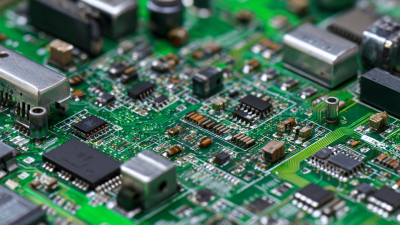
Essential Checklist for Choosing the Best PCB Fabrication Services Based on Industry Standards
-
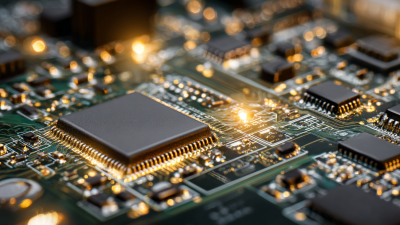
How to Choose the Best PCB Fabrication Partner for Global Supply Chain Success
-
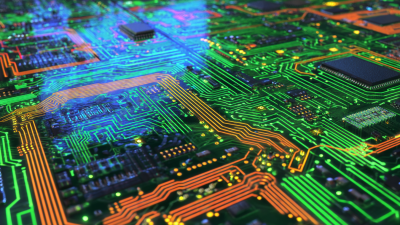
Ultimate Checklist for Selecting the Best PCB Fabrication Services Worldwide
-
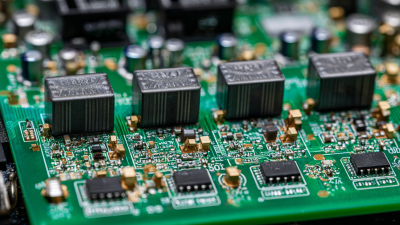
Understanding the Challenges in Achieving Best PCB Assembly Quality
-
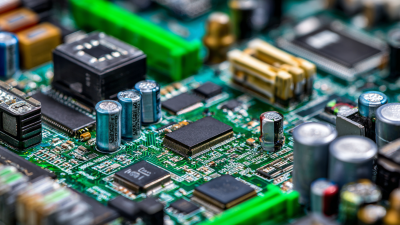
Mastering Electronic Board Manufacturing Techniques A Comprehensive Tutorial for Industry Professionals
-
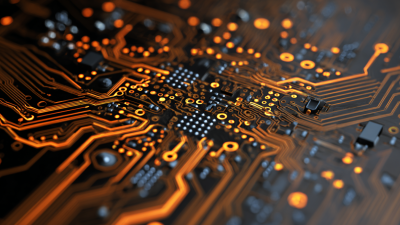
Innovative Examples of the Best Printed Circuit Board Designs in Today’s Technology
